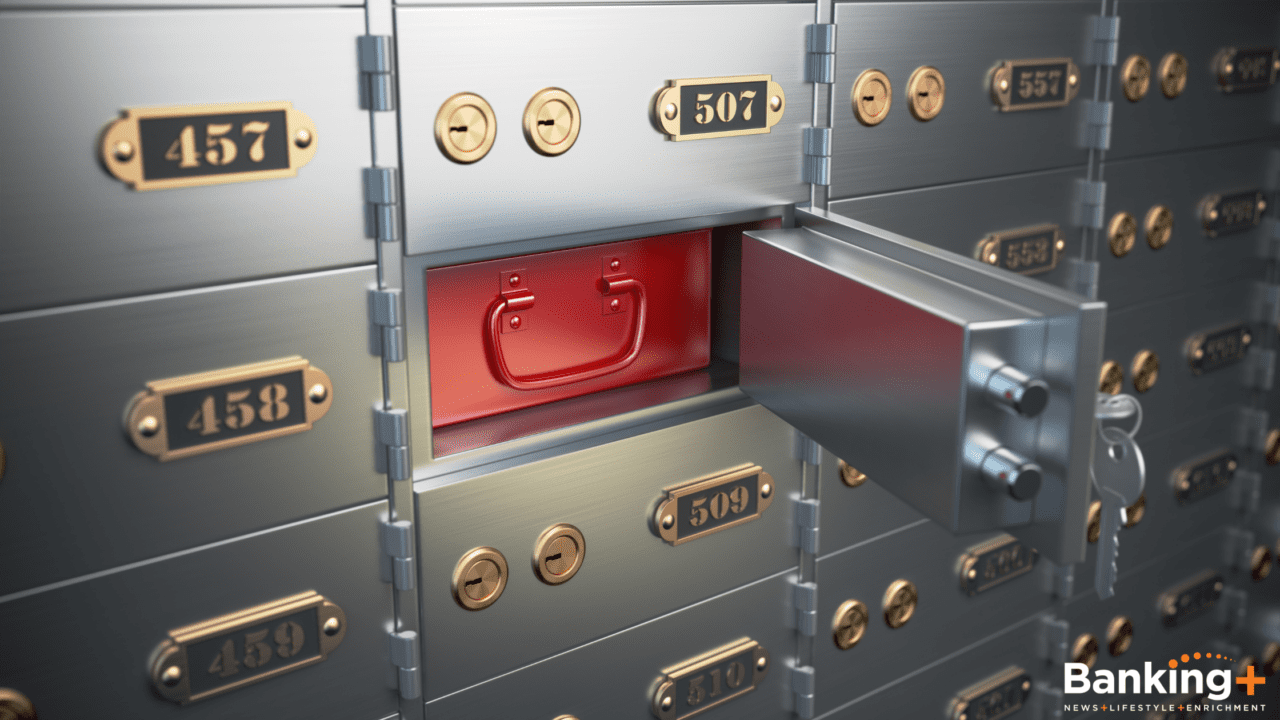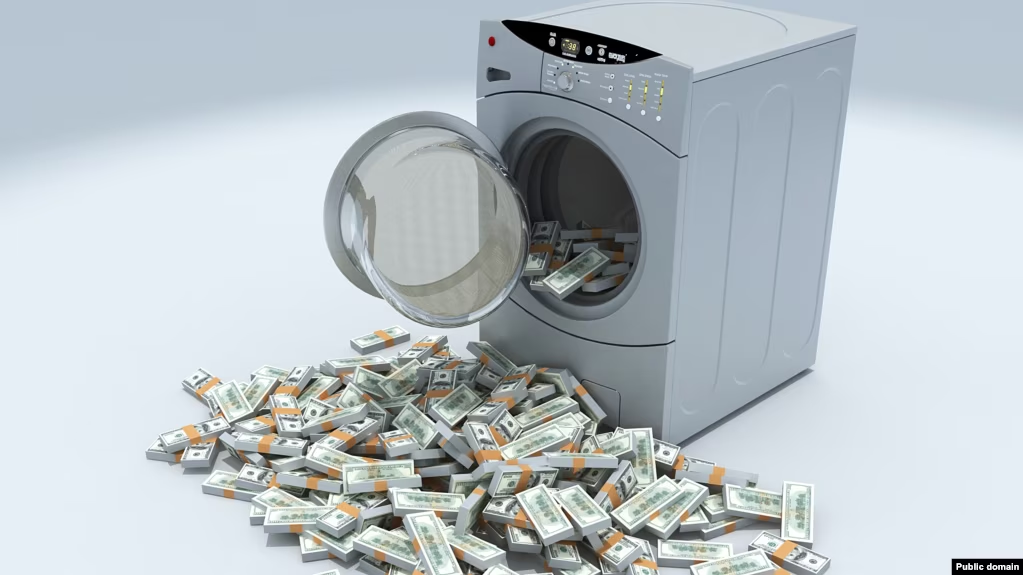Safe deposit boxes, long a staple of traditional banking, are vanishing as major institutions phase out the service, citing low profitability and dwindling demand.
Ben Eisen unlocked the reasons behind this financial industry shift for The Wall Street Journal.
The Decline of Safe Deposit Boxes in Banks
For affluent and older clients who rely on these boxes for storing valuables, the trend away from safe deposit boxes raises questions about the future of secure storage. In response, financial professionals are left to navigate the implications of this disappearing service.
Banks across the country are closing safe deposit boxes or ceasing to offer them altogether. Institutions like JPMorgan Chase, Santander Bank, and Capital One have significantly scaled back, with new branches often omitting vaults entirely. At JPMorgan Chase, where 48 percent of branches still offer boxes, ongoing closures mean even fewer options for renters.
“Safe deposit boxes are going the way of landlines,” says Kris Wall, a San Francisco jeweler whose search for a new box has spanned 18 months and numerous branches without success. For customers like Wall, these boxes are essential for storing valuable assets like jewelry and important documents.
Why Safe Deposit Boxes Are Becoming Obsolete
Safe deposit boxes offer minimal profit margins. Rentals for smaller boxes can cost as little as $15 annually, while larger ones may top $250 per year. Even so, maintaining secure vaults and staff to oversee the service can outweigh the revenue.
“When we talk to our clients… they want to speak with someone, apply for a mortgage or car loan, or get investment advice,” says a JPMorgan Chase spokesperson, reflecting the shift toward services that drive revenue.
Despite their limited financial upside, safe deposit boxes often build customer loyalty. “A safe deposit box is the hardest account you can close,” notes Dave McGuinn, president of Safe Deposit Specialists. Losing this service may cause banks to lose broader client relationships, as some customers close all accounts when forced to vacate their boxes.
Why the Demand for Safe Deposit Boxes Persists
Although some customers have shifted to home safes or digital storage solutions, demand remains robust, particularly for storing high-value items like precious metals amid gold’s price surge. As one industry expert points out, “We get calls daily: ‘They’re shutting down my branch.’”
For others, it’s not just about security but peace of mind. While banks don’t insure box contents, their highly secure locations still appeal to those safeguarding heirlooms, documents, or even eccentric items like antique firearms or collectible magazines.
A New Era of Secure Storage: Independent Vault Operators
As banks retreat from the safe deposit box business, independent operators are stepping in to fill the void. Companies like BlueVault of Wilmington, Del., offer private vaults with safe deposit boxes and report growing demand, particularly from clients displaced by branch closures.
For financial professionals, this transition presents opportunities to explore partnerships with independent vault operators or offer alternative value-added services to maintain customer loyalty.
Balancing Tradition and Innovation: The Future of Safe Deposit Boxes
The disappearance of safe deposit boxes highlights broader shifts in banking priorities. As institutions focus on tech-driven services and high-margin products, traditional offerings may fall by the wayside. However, meeting the needs of legacy clients—especially those in affluent demographics—remains critical for long-term customer retention.
For bank leaders and advisors, the message is clear: While safe deposit boxes may no longer be a cornerstone of banking, offering thoughtful solutions for secure storage could strengthen client relationships and differentiate service offerings in a competitive market.
To unlock the full version of this article on the decline of safe deposit boxes, visit the Wall Street Journal.


















